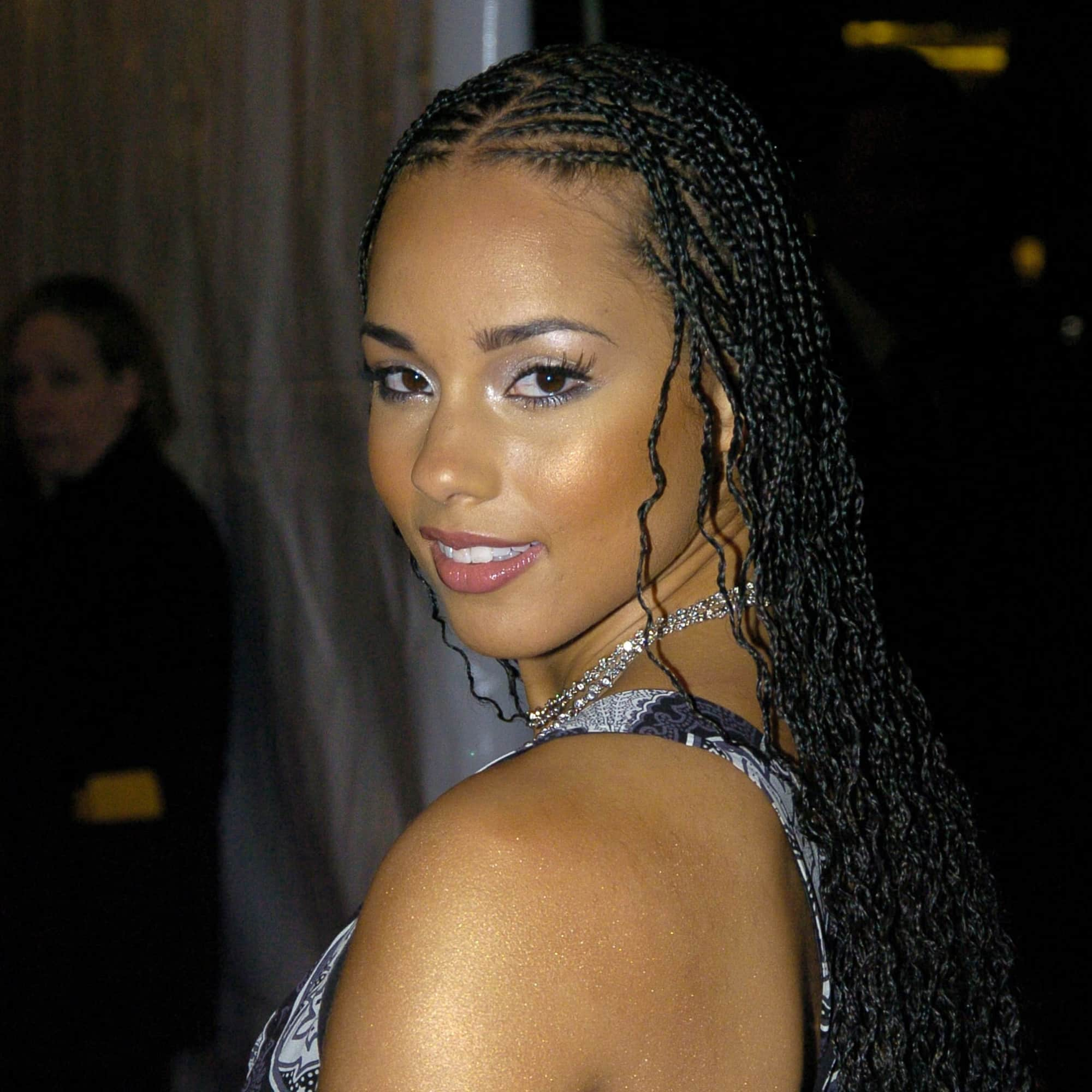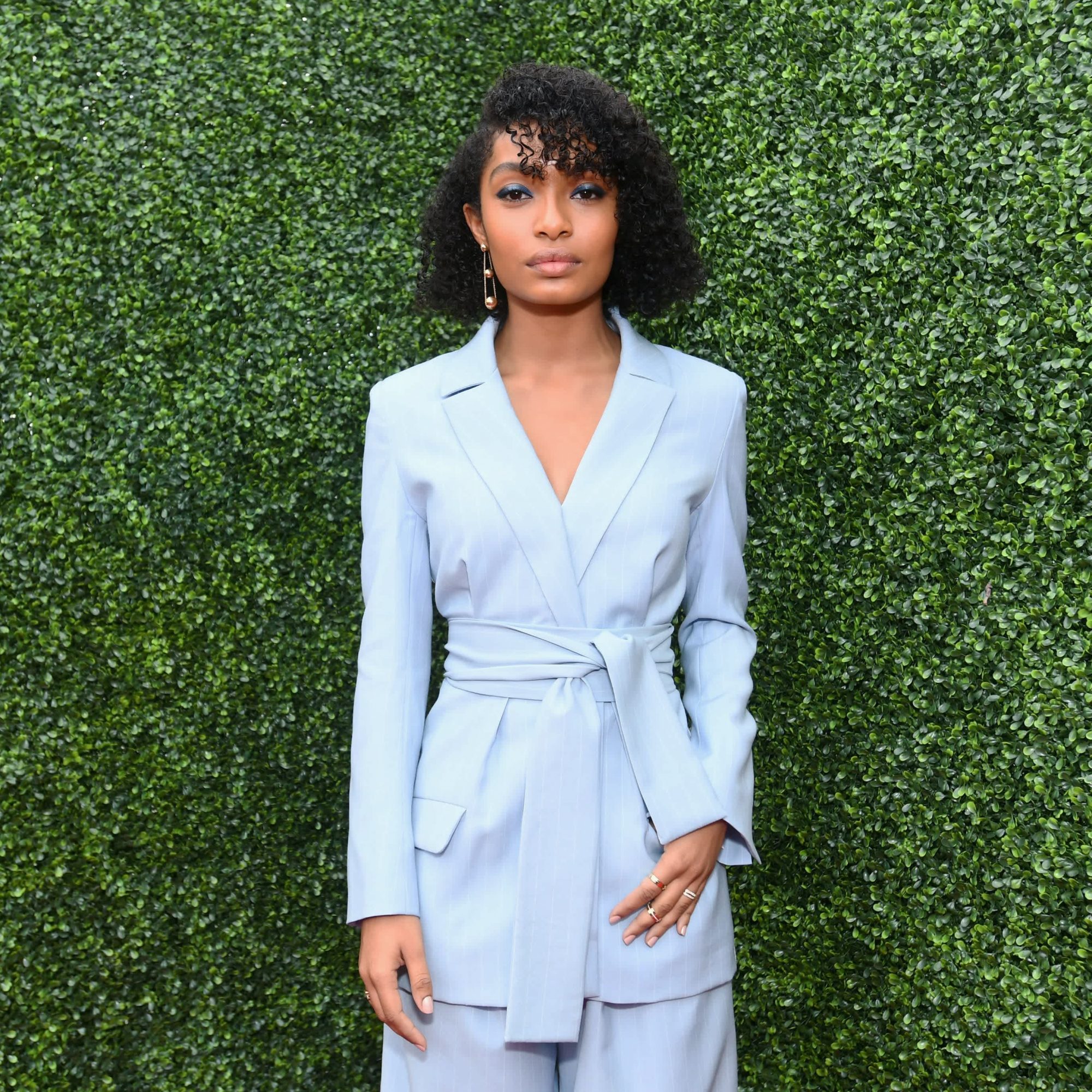
- POPSUGAR Australia
- Beauty
- It’s Time to Ditch the Words “Cornrows” and “Canerows” and Call Them Didi Braids Instead
It’s Time to Ditch the Words “Cornrows” and “Canerows” and Call Them Didi Braids Instead

Black hair and cultural appropriation always gets people energised. The common counterargument for who owns cornrows or canerows is that many cultures had braiding styles in ancient times, but what is often left out is that when we think about intricate braided hairstyles today, Black braiding culture stands out for having survived in such an expansive and influential way.
Even within the Black community, claiming ownership of “cane/cornrows” continues to be problematic because the word itself is an extension of colonialism — literally a crop that was cultivated through enslavement. We did some research into what the popular hairstyle was called before history was whitewashed, in the hopes that we can honour these Black beauty rituals.
“The words and terms we use to describe ourselves remain central to the ways we relate to our bodies,” writes Emma Dabiri in her book Don’t Touch My Hair. “Certainly, if we want to set about the work of decolonization, we need to consider language. The discrepancy between the generic term ‘cornrowing’ in the US, and ‘canerowing’ in the Caribbean and UK betrays the sad history of slavery.”
Black hair culture in the Caribbean, UK, and US continues to be exploited by colonialism. Various different Black braiding styles are often lumped together in the West, and instead of knowing their individual names, they directly reference an enslaved past. Cane/cornrows are more significant of which crops the enslaved were forced to cultivate – sugar cane or corn – than the beautiful traditions of African and Black hair braiding. The symbolism in the generic use of “cane/cornrow” discourages people from accepting that Black identity and culture existed centuries before colonialism. It’s impossible to move past the pain and prejudice of our ancestors until we unlearn and understand how it continues to shape our lives.
Braiding operates as a bridge spanning the distance between the past, present, and future.
As discovered in Don’t Touch My Hair, the classic straight-back rows of hair braided closely to the scalp is called “kolese” in the Yoruba language, which means “a creature without legs”, like a snail. “The name is one that centres the specific characteristics of Afro-textured hair and is in reference to the way our hair curls up at the nape of the neck when it is braided in this direction,” writes Dabiri on Twitter. While kolese most closely resembles the classic straight back cane/cornrows, the general term for cane/cornrows in Nigeria is irun didi. To make it cute, we’ll refer to cane/cornrows as didi braids, whereas irun kiko is another West African technique of stretching the hair to resemble a blowout on natural hair; and irun biba (loose braids) resembles what those with textured hair know as a twist out.
The great majority of Black people living in the Caribbean, UK, and US are either West African or of West African descent – mainly from Nigeria, Ghana, Togo, Benin, Ivory Coast, and Cameroon. And while many of the original histories of Black braiding styles still exist in West Africa, those traditions continue to be lost in translation with the Black British, Afro-Caribbean, and African-American diaspora – many of whom are only recently discovering these precolonial beauty rituals since the natural hair movement in the early 2000s.
As Dabiri eloquently put it: “Braiding operates as a bridge spanning the distance between the past, present, and future. It creates a tangible, material thread connecting people often separated by thousands of miles and hundreds of years.”
We can only hope that the conversation around Black braiding culture continues to untangle over time.


